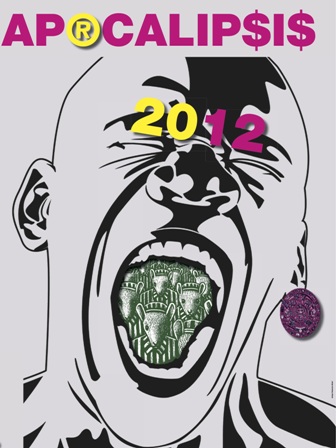De la Inmaculada a la Mujer Águila del Apocalipsis, imágenes marianas novohispanas 1555-1648
DOI:
https://doi.org/10.13130/2035-7680/3107Parole chiave:
Tota Pulchra, Inmaculada Concepción, Franciscanos, Milenarismo, Apocalipsis Novohispana, Imagen Virgen de GuadalupeAbstract
The mid XVI th century marian frescoes of the Franciscan convents of Huejotzingo, Puebla, are visual proves of the Immaculist devotion of the first missionaries. Amongst the numerous engravings from Northern Europe, which invaded New Spain via the Spanish port of Seville from the Conquest onwards, one image depicts the Virgin as the Tota Pulchra. Within the evangelisation of the New world and the intensive reproduction process it involved to impose Christian iconographies onto the American landscape, the type of the Tota pulchra was reinterpreted with an apocalyptic point of view.
The Historia de los Indios de la Nueva España written by one of the first Franciscan friars who came to preach in New Spain, Toribio de Benavente, known as Motolinia, lays the principles of the Franciscan utopia derived from the millenarian theories of Joachim of Fiore, announcing the advent of the Age of the Holy Spirit and the reign of the New Eve.
This particular context fostered new epiphanies around 1555, amongst which the image of the Mexican Guadalupe stands first.
However it would not be until the publication, nearly a century later of Miguel Sánchez’s « Imagen de la Virgen María, Madre de Dios de Guadalupe…»(1648), whose text, largely inspired by the Augustinian exegesis identifies the Virgin of the Guadalupe with the Woman of the Revelation, that the image of the Tepeyac would acquire its canonical status of acheiropoieta and reveals itself as the living symbol of the New American Church.




